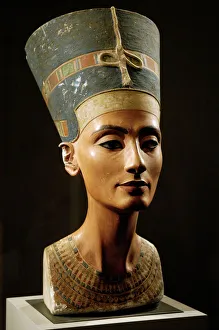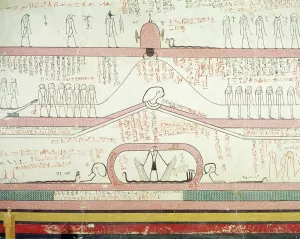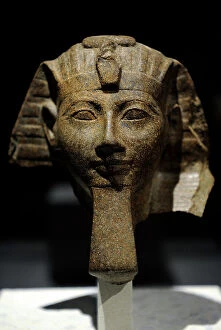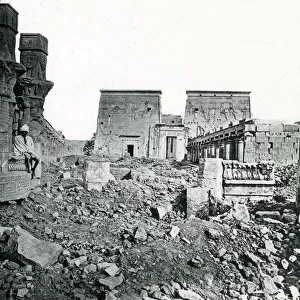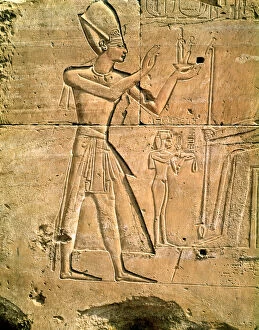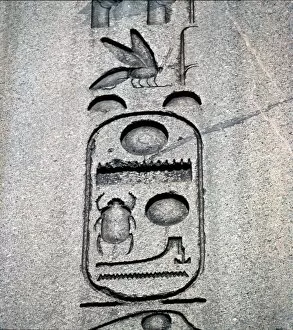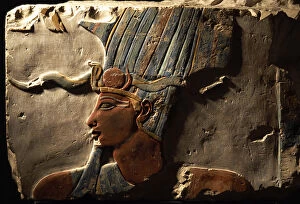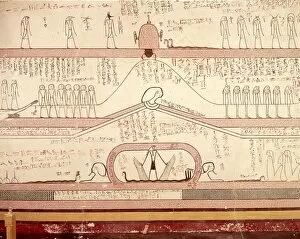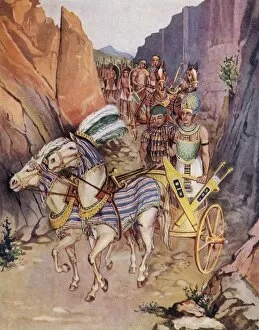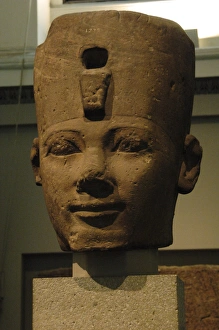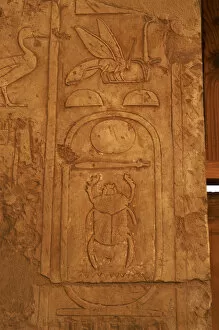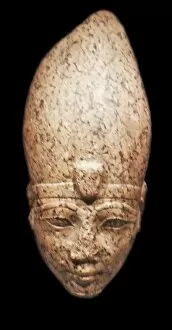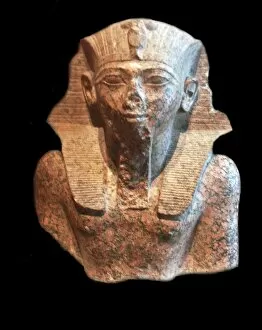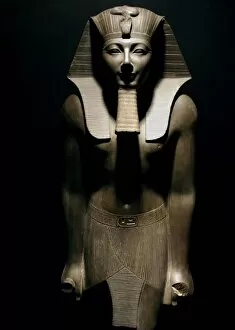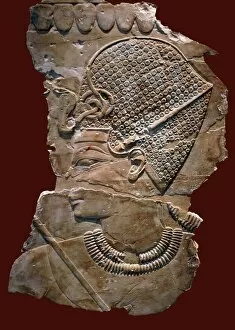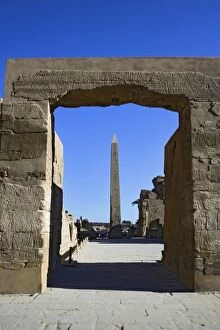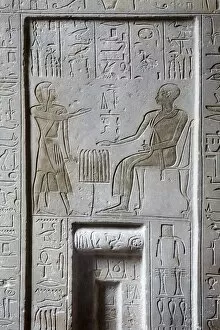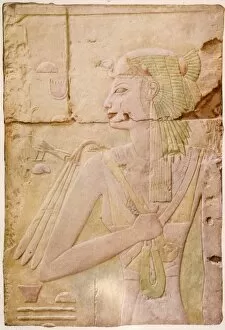Thutmose Collection
Thutmose, a name that echoes through the annals of ancient Egypt, represents a rich tapestry of history and art
All Professionally Made to Order for Quick Shipping
Thutmose, a name that echoes through the annals of ancient Egypt, represents a rich tapestry of history and art. From the iconic Nefertiti bust to the grandeur of the Palace III in Karnak, his legacy is etched in limestone and stucco. Inscribed within the pages of Egyptian art, Thutmose's reign witnessed remarkable artistic achievements. The Book of Amduat reveals a scene depicting his journey to the Underworld, an exploration into realms beyond mortal comprehension. Amongst these treasures stands the head of Queen Hatshepsut, an exquisite testament to her rule alongside Thutmose III. Together they navigated political complexities with grace and wisdom. Beyond Egypt's borders lies evidence of Thutmose's influence. In Constantinople's Hippodrome ruins, remnants whisper tales from distant lands where his name once resonated. A colossal head believed to be from Thutmose I further attests to their enduring presence. Polychrome relief brings Pharaoh Thutmose III back to life; vibrant colors breathe vitality into his image as he commands respect and admiration even after centuries have passed. But perhaps one of the most captivating depictions is Isis metamorphosed into a sycamore tree suckling Tuthmosis III - a symbol not only of divine protection but also familial love that transcends time itself. As we gaze upon these fragments woven together by history's hand, we catch glimpses into an era when pharaohs ruled with authority and vision. Through their patronage and leadership, Egypt flourished under their reigns - none more so than Thutmose III who left an indelible mark on this ancient land.

